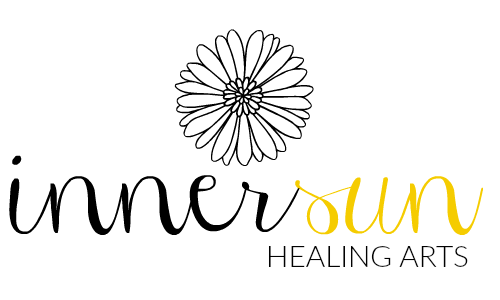Beginner Meditation Practice Made Easier
/If you haven’t noticed lately, there are a huge amount of resources available for learning various mindfulness practices, including meditation. The upside to that is that there is a variety of methods offered and people can pick and choose what works best for themselves. The downside is just that, the different techniques and variations on the theme can feel overwhelming, especially to the beginning practitioner.
Less is more
Starting something new can be challenging. And meditation is no exception. While quite a simplistic process, meditation can easily turn into a self-bashing session within seconds. Why? Because we humans think a lot! And meditation makes it quite obvious how distracted and occupied we are with our thoughts all the time. While meditation is meant to help us with quieting the mind, for beginners the volume gets turned on high and it can feel hugely defeating.
When I’m introducing a client to meditation for the first time, my number one goal is to make everything as simple and as comfortable as possible, so that it doesn’t feel too overwhelming. I'm hoping that she will be inspired enough to give it a good try and establish a regular practice. This means that I don’t ask for too much of a commitment of time early on.
Often longtime meditators will suggest 10 minutes as a starting point. In my opinion, that can be the kiss of death for a budding meditator. For a newbie, this can feel like 10 hours! It’s worse that meditation seems so simple from the outside. It can be a set-up for frustration, self-shaming and wanting to give up, concluding, "It's not for me" or “I’m just not good at this” when that couldn't be further from the truth.
Instead, I offer a 5-minute or less commitment daily. This way the expectations are low to start with and the client is not bound to a specific time that feels unattainable. This allows more for the possibility of having an enjoyable experience that leads to successes, rather than perceived failures.
A few other helpful tips that will help you with your "less is more" approach:
1. If you start small, make that small meditation into a daily habit. While a short and small meditation session starting point makes it easier to grow your sessions longer and longer, doing it every day makes you more likely to stick with it. Even if it feels hard at first, meditating daily makes it more likely to become a habit that sticks. This is because you are changing neural pathways, which takes time and commitment.
2. Use a timer to track your sessions, especially if you feel that you will be distracted by keeping track of time with a clock or watch.
3. When beginning your practice, meditate in the same setting and at the same time every day. Meditating in the same context each and every day will make it more likely to be a good habit that takes hold. Choose a time of day when you’re not tired.
4. When you decide to increase your meditation time, make those increases small – up to 5 minutes per increment. Small increases operate on the same principle of small starts: not overwhelming yourself. If you find that you’re struggling with the increase after a few sessions, feel free to reduce the time.
5. Lastly, make your meditating space comfortable and desirable. Have cozy blankets that you can wrap around you. Candles, soft lighting and sacred objects can help bring a special ambiance to your space that will allow you to come back again and again.
So, if you've never done it before, try it with me now. Find a quiet place to sit comfortably, with your back upright, and using either a timer or a guided meditation, focus on your breath. Try it. You just might get hooked.
-Tanya Vallianos
Tanya Vallianos, MA, LPC, ATR, NCC, EMDR III, EAP II is a psychotherapist in private practice in Fort Collins, CO. She offers free guided meditations on her website, www.innersunhealingarts.com










